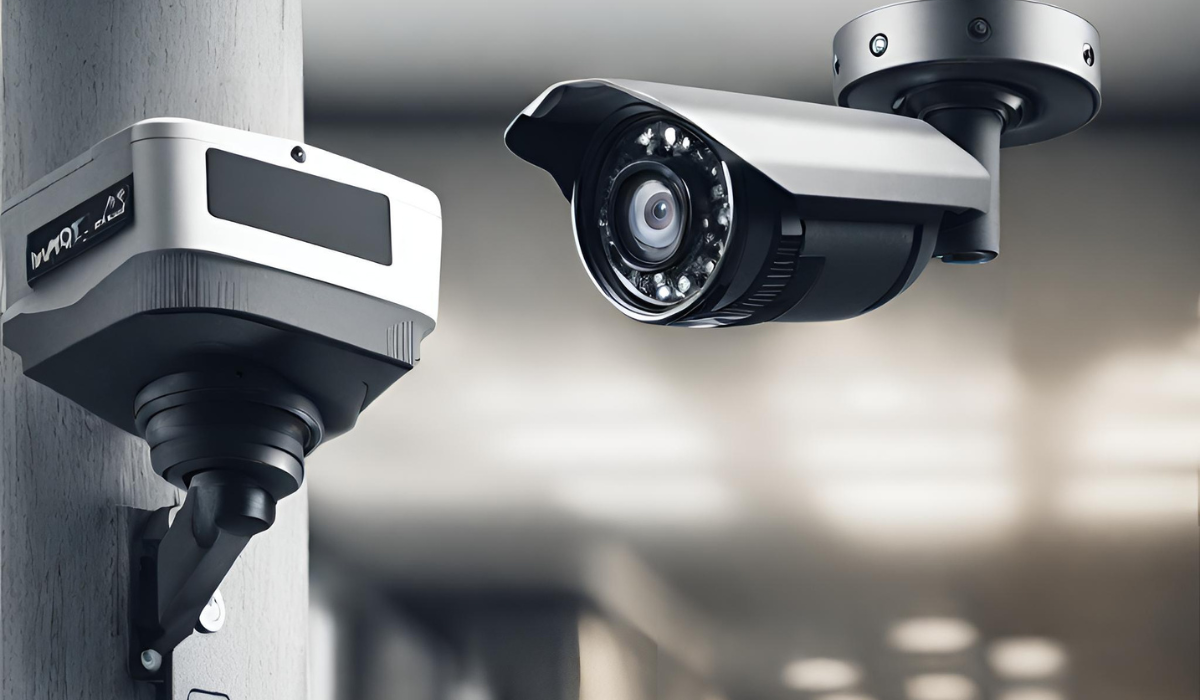
Introduction:
In an age where security concerns are paramount, the role of security camera systems cannot be overstated. These systems have become indispensable tools for safeguarding homes, businesses, and public spaces alike. With advancements in technology, the capabilities of security cameras have evolved dramatically, offering unparalleled surveillance and peace of mind. Let’s delve into the world of a security camera system and explore their significance in ensuring safety and security.
The Evolution of Security Camera Systems:
From rudimentary closed-circuit television (CCTV) setups to sophisticated networked surveillance systems, the evolution of security camera technology has been remarkable. Early analog cameras provided basic monitoring capabilities, but they were limited in terms of image quality and storage capacity. However, with the advent of digital and IP-based cameras, the landscape of surveillance underwent a significant transformation.
High-Definition Clarity:
One of the most notable advancements in security camera systems is the transition to high-definition (HD) and ultra-high-definition (UHD) resolutions. These cameras offer crystal-clear imagery, allowing for detailed monitoring and accurate identification of individuals and events. Whether it’s monitoring a residential property or securing a commercial establishment, the clarity provided by modern security cameras is unparalleled.
Remote Monitoring and Accessibility:
Gone are the days when surveillance footage could only be accessed from a designated monitoring room. With the integration of networked cameras and cloud-based storage solutions, remote monitoring has become a reality. Whether you’re halfway across the world or simply away from your premises, you can conveniently access live or recorded footage via your smartphone or computer. This level of accessibility empowers users with real-time insights and peace of mind.
Intelligent Analytics and Automation:
Today’s security camera systems are not just passive observers; they are equipped with intelligent analytics and automation features that enhance their efficacy. Motion detection algorithms, facial recognition technology, and object tracking capabilities enable cameras to discern between routine activities and potential threats. Moreover, integration with smart home and commercial security equipment allows for seamless automation of lighting, alarms, and other security protocols.
Commercial Security Equipment:
In commercial settings, the demand for robust security solutions is particularly high. Businesses, warehouses, and industrial facilities rely on advanced security camera systems to protect assets, monitor operations, and ensure the safety of personnel. From high-resolution dome cameras for indoor surveillance to rugged outdoor cameras equipped with night vision, the range of commercial security equipment available is extensive. Moreover, centralized management platforms facilitate the monitoring of multiple locations simultaneously, streamlining security operations for businesses of all sizes.
Scalability and Flexibility:
Scalability is a crucial consideration when deploying security camera systems, especially in dynamic environments. Whether you’re expanding your residential surveillance setup or upgrading a multi-site commercial security network, scalability ensures that your system can adapt to evolving needs. Additionally, the flexibility offered by modern cameras, with features such as pan-tilt-zoom (PTZ) functionality and customizable viewing angles, allows for comprehensive coverage of any space.
Privacy and Compliance:
As the capabilities of security camera systems continue to evolve, so do concerns regarding privacy and regulatory compliance. With stringent data protection laws in place, it’s essential for users to ensure that their surveillance practices adhere to legal and ethical standards. This includes implementing measures such as data encryption, access controls, and anonymization of sensitive information. By prioritizing privacy and compliance, organizations can leverage security camera systems responsibly while respecting the rights of individuals.
Conclusion:
The evolution of security camera systems represents a convergence of innovation and necessity in the realm of safety and security. From residential properties to commercial establishments, these systems play a pivotal role in deterring crime, mitigating risks, and providing peace of mind to users. As technology continues to advance, the future of security camera systems holds promise for even greater capabilities, further enhancing our ability to protect what matters most.

